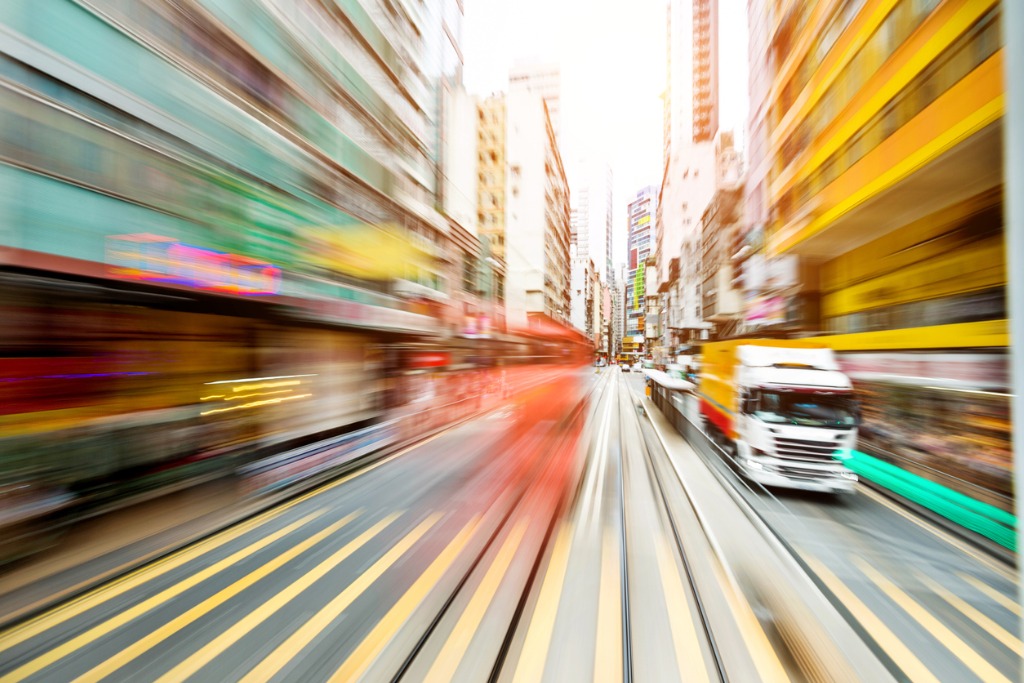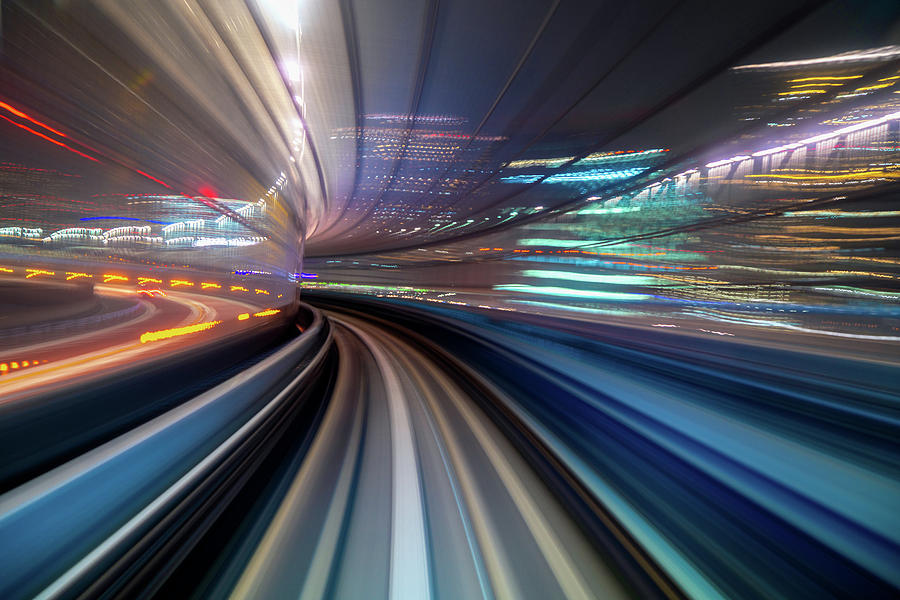

You can use an image in the timeline as a source for motion and then apply the motion from the chosen image to the filtered track.īCC10 introduces a new Advanced optical flow option – accessed via the Optical Flow Method menu. Depending upon the selected settings, a blur or a smear is applied to the pixels that move from one frame to the next. Motion blur is not visible if the image is static.īased upon optical flow technology, this filter examines past and future frames to determine the motion of the pixels in the image. The blur is most pronounced when the object moves quickly and more subtle when it moves slowly. For example, you could apply the Motion Blur filter to a clip of a speeding car and the car’s motion would blur while the background would not. The blur is based on the motion of the pixels in the image. If you need further support for calculating the right exposure time in your setup, to prevent motion blur, please contact us.The BCC Motion Blur filter creates a realistic blur on the motion in an image, simulating the effect of shooting a moving object on film. A rolling shutter camera will give distorted images (see global shutter vs rolling shutter). Important note, for capturing moving objects a global shutter camera is required. The max exposure time to prevent motion blur is 12.5 milliseconds. The time the object needs for moving 0.125mm is movement distance / speed of object = 0.125/10= 0.0125second = 12.5 milliseconds. So the object should not move more than 0.5*0.25=0.125mm. The object should not move more than 0.5 pixel and we already calculated that 1 pixel is 0.25mm. The speed of the object is 0.6 meter / minute = 0.6*1000/60= 10mm/second Our system resolution = FOV / camera resolution = 320/1280=0,25mm/pixel. Our field of view is 320x240mm and we use a camera with a resolution of 1280x960mm. In this example we want to detect an object of 1mm.
#Motion blur how to
How to calculate the exposure time to prevent motion blur

Unsharp images result in inaccurate measurements, bad fault detection or wrong classifications. Motion blur can cause the industrial camera to capture unsharp / blurry images.


 0 kommentar(er)
0 kommentar(er)
